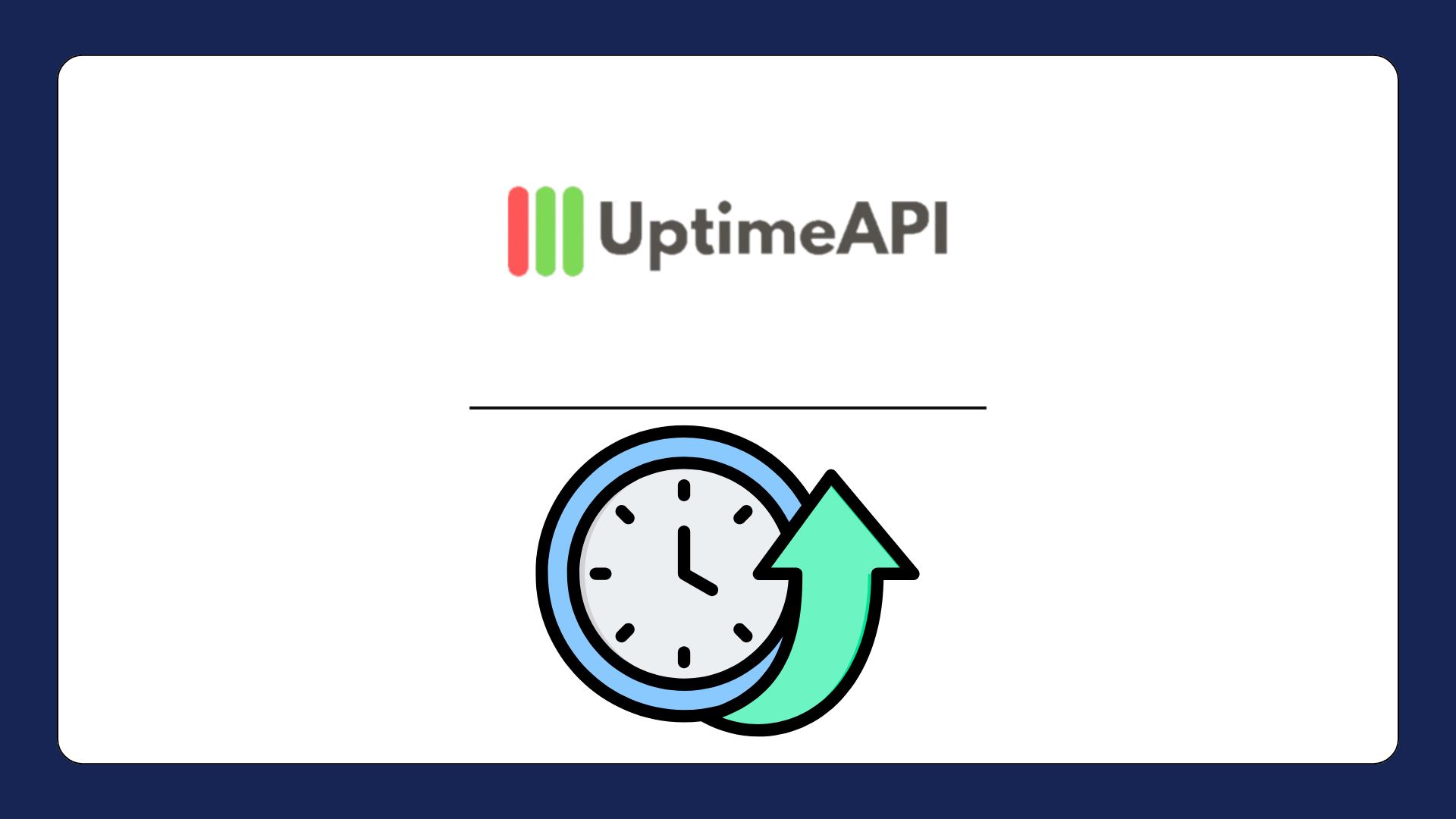API Downtime Alerts: Every Developer Should Use It

Downtime can cause significant disruption, leading to poor user experiences, lost revenue, and damaged reputations. This is where API Downtime Alerts come into play. These alerts ensure that developers are immediately informed when an API goes down, allowing for swift intervention. In this post, we'll explore why every developer should implement API downtime alerts, how they work, and the benefits of using Uptime API to monitor your APIs.
Why Developers Need API Downtime Alerts
For developers, the ability to detect API downtime early is essential. API Downtime Alerts allow developers to respond swiftly, addressing issues before they escalate and affect users. When an API goes down, the sooner a developer knows about it, the faster they can resolve the issue and minimize its impact.
Moreover, downtime alerts are crucial for maintaining SLAs. Many businesses offer service level agreements that guarantee a certain level of uptime. Failing to meet these uptime commitments can result in financial penalties or lost customers. By setting up real-time API Downtime Alerts, developers can ensure they remain compliant with their SLAs and maintain the trust of their customers.
So how does it actually function? Monitoring systems continuously check the status of an API by sending requests at regular intervals to designated endpoints. If the system detects that the API is unresponsive or returns errors, it triggers an alert, notifying the development team of the issue. These systems typically monitor a variety of performance indicators such as response time, uptime percentage, and error rates, providing a comprehensive overview of an API’s health.
The Uptime API takes this a step further by offering real-time alerts, ensuring developers are notified the moment an issue arises. The platform monitors API performance across multiple regions, detecting downtime not only on a global scale but also for specific geographic locations. This is particularly valuable for businesses with a global user base, as API performance can vary based on regional network conditions.
Features of Uptime API’s Downtime Alerts
A number of capabilities offered by Uptime API are intended to assist developers in monitoring the performance of their APIs. Its Real-Time Notifications are one of its best advantages; they let developers know right away when there is downtime or when performance drops below predetermined levels. Email, SMS, and interfaces with well-known messaging apps like Slack are just a few of the ways alerts can be sent.
The platform also offers Customizable Alert Thresholds, giving developers the flexibility to set performance benchmarks that align with their specific needs. For instance, a developer may want to receive an alert if the API response time exceeds a certain limit or if the uptime percentage falls below a particular threshold. This customization ensures that developers are only alerted to issues that are relevant to their API's performance.
Another key feature is Multi-Region Monitoring. APIs often serve users from different parts of the world, and performance can vary across regions. Uptime API allows developers to monitor their APIs from multiple locations, ensuring that they get a complete picture of the API’s global performance. This feature is particularly valuable for businesses that cater to international users, as it helps identify and resolve region-specific issues.

